Reviewed by Jeffrey Sanzel
Peter Pan traces his roots back to 1902. Created by Scottish author J.M. Barrie, the Boy Who Wouldn’t Grow Up first appeared in The Little White Bird before being placed center stage in Barrie’s play, Peter Pan (1904). In many stage incarnations, Peter was most often played by a young-looking actress, notably Maud Adams, Mary Martin (the 1954 Broadway musical broadcast on television), Sandy Duncan, and Kathy Rigby.
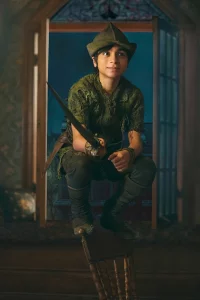
There are dozens of cinematic adaptations, both animated and live-action. The story has been revisited and reinvented from the 1924 silent film, spanning Disney’s memorable (and, for many, definitive) 1953 cartoon, to Robin William’s grown Peter in Hook (1991). Captain Hooks have included Boris Karloff, Hans Conried, Jason Isaacs, Stanley Tucci, and Dustin Hoffman.
Now, Peter Pan and Wendy arrives on Disney+. Based on the Barrie source and Disney’s animated feature, the film’s first half covers no new ground, with the opening scene remain predictably problematic. The standard exposition remains the same, showing the Darlings in the early nineteenth-century nursery. The children play pirates, resist bedtime, the mother sings a lullaby, etc. The new piece is Wendy, the eldest child, being sent away to boarding school, something in which she has no interest. Wendy is frustrated by life’s changes, and she makes the wish never to grow up. A vague nod towards the theme of time threads through the opening and carries lightly throughout.

The first half of the film feels like a musical without the songs. Each section builds but never quite reaches a climax before shifting to the next moment. Because it offers little original to the well-trod story, the action treads water. However, director David Lowery (who has penned the screenplay with Toby Halbrooks) accelerates the plot by having the pirate’s capture of the children moved to their arrival in Neverland. This allows for a slightly more original second half with a new point of view.
The emphasis in Peter Pan and Wendy is a message of female empowerment, with the most self-actualized Wendy to date. Here, the protagonist works with a misunderstood Tinker Bell and a re-envisioned Princess Tiger Lily. This Peter Pan is truly the story of Wendy Darling, and where it places this focus, it soars. In addition, there are as many girls as boys in Peter’s tribe, and even a few female pirates. The creators present an overall welcome diversity that feels in no way forced and celebrates both the freedom of fantasy and the changing times.
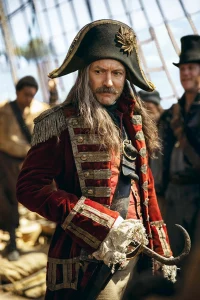
Also introduced is a revised history of Peter and Captain Hook. Revealed is the friendship between the young Hook—James—and Peter. James left Neverland to search for his mother, creating a schism between them. Hook failed to reconnect with his parent and was rescued and recruited by the pirates, quickly ascending to captainship. The narrative is a bit convoluted, but once clarified, it provides a certain understanding between the enemies and an almost cathartic resolution.
Alexander Molony is a subdued Peter Pan, stronger in the quiet moments but hesitant in the more bombastic. Perhaps, Lowery chose this approach to highlight Wendy’s independence and maturation. Ever Anderson’s Wendy starts hesitantly but builds in power, stature, and depth in the character’s arc. Anderson easily avoids precociousness, offering a likable, humorous, and resourceful center.
Jude Law presents a less flamboyant Captain Hook but cleverly mines the subtlety. His Hook is smoothly wicked yet introspective, genuinely bloodthirsty, and wholly believable, finally owning the character in his unique approach. The underlying sadness enriches his Hook/James. Barely recognizable, Jim Gaffigan eschews the expectation of an over-the-top Smee and leans towards charmingly underplaying. Alyssa Wapanatâhk and Yara Shahidi do their best with the underwritten Tiger Lily and Tinker Bell, with Shahidi’s final interaction with Wendy strongly resonating.
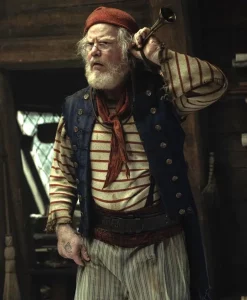
The almost traditional screenplay has flashes of wit, but more would have been welcome. Peter Pan and Wendy is visually striking, with a darker but evocative palate provided by cinematographer Bojan Bazelli and production designer Jade Healy. The flying effects feel natural, and the sword fighting well-staged. Daniel Hart composed a score that neatly blends traditional “Disney adventure” with a hint of New Age. Cleverly, a running joke makes use of The Pirates of Penzance.
It remains to be seen where this version will land. Compared unfavorably to the popular Robin Williams — Dustin Hoffman Hook? Placed ahead of the disastrous 2014 live event (with Allison Williams and Christopher Walken)? Or left in the forgotten netherworld of the 1976 television special (with Mia Farrow and Danny Kaye)? In the meantime, a handsome, mostly engaging, but somewhat uneven Peter Pan and Wendy will fly across screens for the present.
Rated PG, the film is now streaming on Disney +.

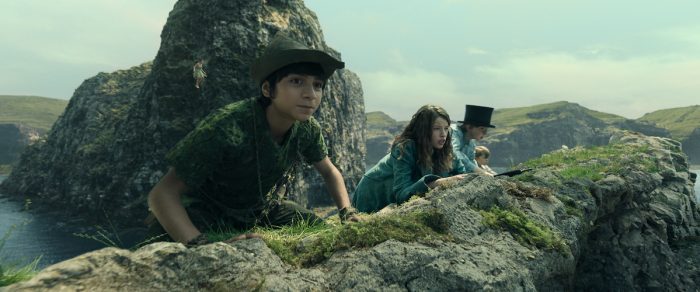
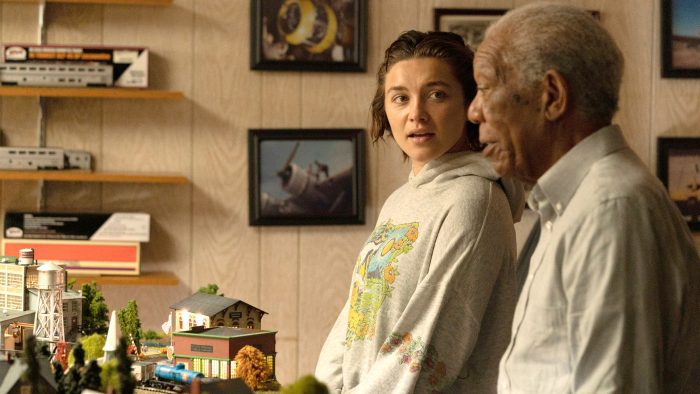



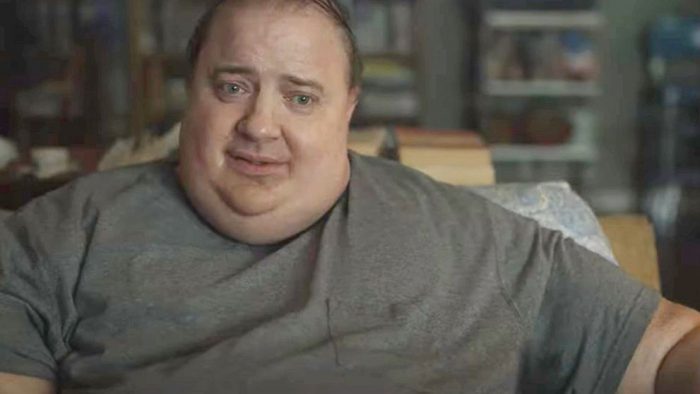
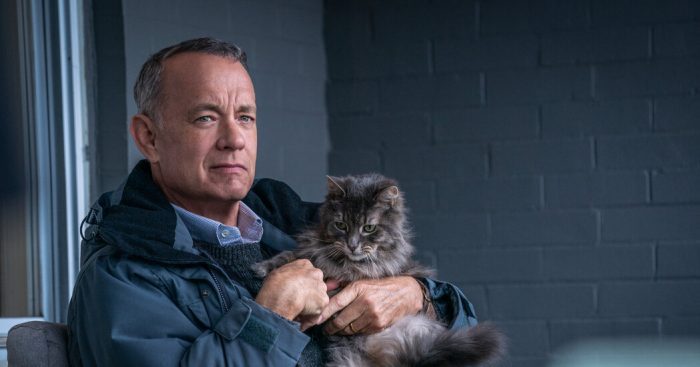



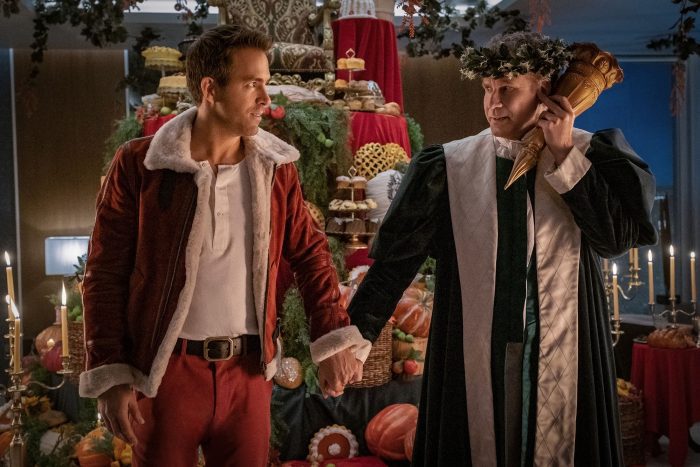
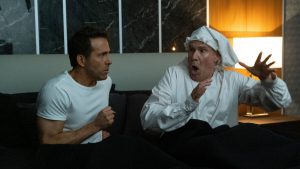

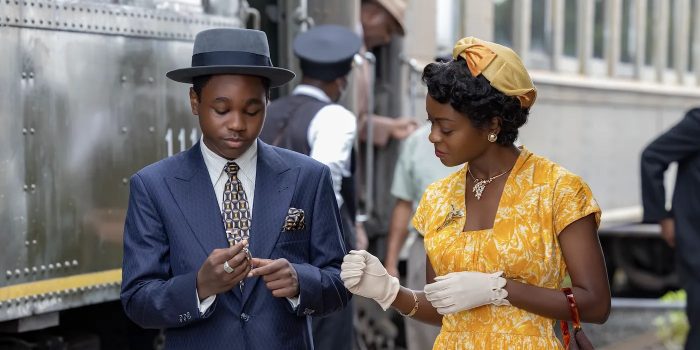

 The second chapter, “The Yacht,” sees the couple on a high-end ocean excursion populated solely by the wealthy. Among the guests are a gregarious Russian fertilizer mogul, Dimitry (Zlatko Burić), and a sweet elderly British couple, Winston (Oliver Ford Davies) and his wife, Clementine (Amanda Walker), who are arms manufacturers.
The second chapter, “The Yacht,” sees the couple on a high-end ocean excursion populated solely by the wealthy. Among the guests are a gregarious Russian fertilizer mogul, Dimitry (Zlatko Burić), and a sweet elderly British couple, Winston (Oliver Ford Davies) and his wife, Clementine (Amanda Walker), who are arms manufacturers.


